










Features, Environment, Tablespaces, Varian Demo
CS185c
Chris Pollett
Jan. 28, 2010
(These notes are based on slides which are copyright IBM)











CS185c
Chris Pollett
Jan. 28, 2010
(These notes are based on slides which are copyright IBM)
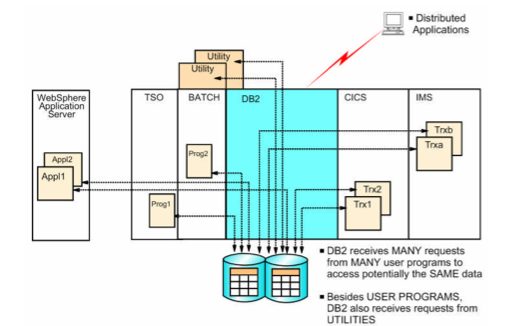

The following systems have developer communities to support DB2 integration:
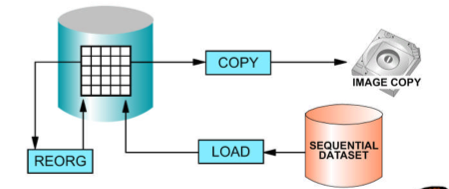
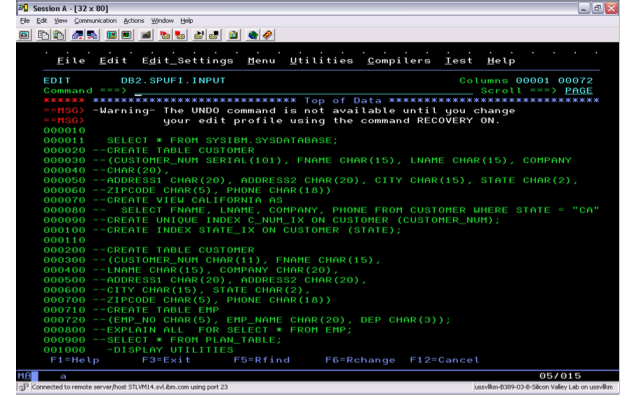
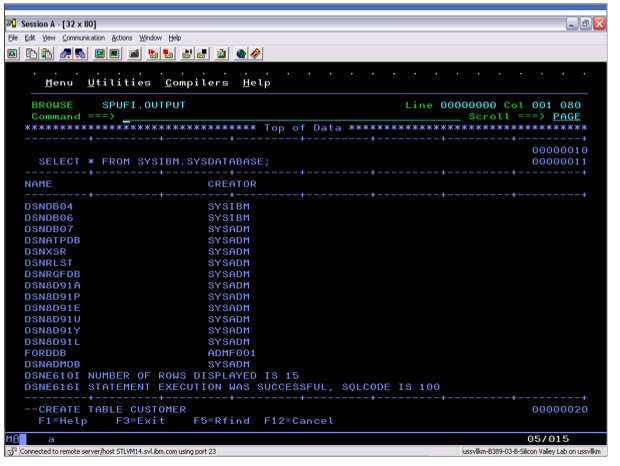
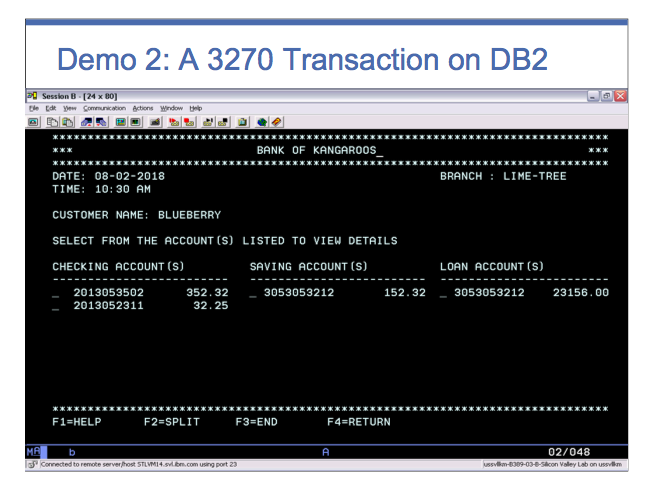
Tablespaces come in different flavors which (except for XML) can be specified when you do CREATE TABLESPACE:
Segmented table spaces can be used to store more than one (usually relatively small) table:
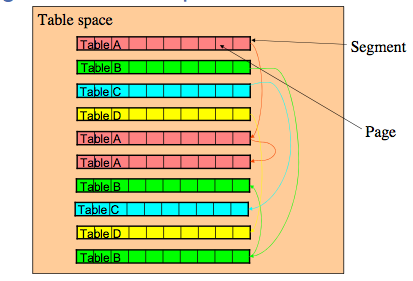
Segments are grouped by page. Each segment holds records from only one table. Each segment contains the same number of pages, and each table uses only as many segments as it needs. Segments belonging to the same table are chained together.
Segmented table spaces hold a maximum of 64 GB of data and can contain one or more VSAM data sets.